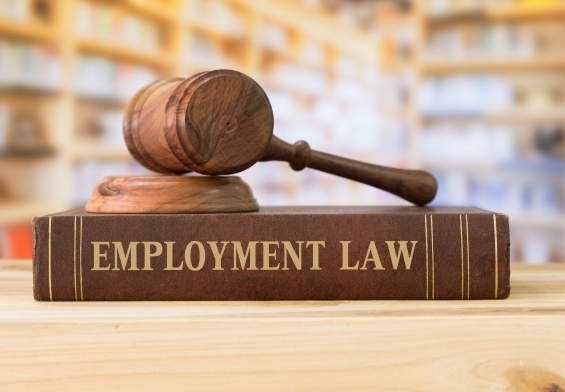In the intricate web of financial distress and legal remedies, Chapter 13 bankruptcy emerges as a critical lifeline for individuals struggling under the burden of overwhelming debt. Distinguished by its structured repayment plan, which spans 3 to 5 years, Chapter 13 offers a beacon of hope, allowing debtors to methodically clear their financial slate by repaying creditors either in full or in part. This bankruptcy pathway is unique in its approach, providing a viable alternative to the outright liquidation of assets seen in Chapter 7 bankruptcy. It empowers debtors with the ability to retain possession of their property, navigate through tax debts without accruing interest, and manage missed mortgage or vehicle payments, all while adhering to a court-approved repayment schedule.
The flexibility and protective measures afforded by Chapter 13 bankruptcy are particularly appealing to those seeking a second chance at financial stability without losing everything they’ve worked for. Whether it’s safeguarding the family home from foreclosure, catching up on back taxes, or restructuring payments on personal obligations, Chapter 13 encompasses a holistic approach to debt resolution. Crucial to the success of this bankruptcy chapter is the debtor’s consistent adherence to the proposed repayment plan, leading to the eventual discharge of remaining debts at the plan’s conclusion. The eligibility for filing under Chapter 13 hinges on the debtor’s disposable income, emphasizing the need for a steady source of income as the foundation for the structured repayment efforts.
The Incentives for Filing Chapter 13 Bankruptcy
Opting for Chapter 13 bankruptcy comes with a plethora of advantages for individuals caught in the vice of financial instability. Unlike Chapter 7, which liquidates assets to settle debts, Chapter 13 allows debtors to retain possession of both exempt and non-exempt property while working towards debt reduction according to the payment plan. One of the most compelling reasons to file under Chapter 13 is the protection it offers against home foreclosure, allowing homeowners to preserve their family sanctuary as they navigate financial recovery. Furthermore, this chapter provides a lifeline for addressing debts that are traditionally non-dischargeable, such as back child support and certain tax obligations, by extending the timeframe for repayment.
For those burdened with the responsibility of back child support, an area where family law intersects with bankruptcy law, Chapter 13 offers a structured plan to catch up on these crucial payments, directly impacting the well-being of one’s family. Similarly, individuals facing personal injury law settlements or judgments find solace in Chapter 13’s ability to structure these repayments, ensuring that creditors receive a fair portion of the debtor’s income while safeguarding the debtor’s essential living standards.
Initiating the Chapter 13 Bankruptcy Process
The journey through Chapter 13 bankruptcy begins with a detailed consultation with a proficient bankruptcy attorney. This initial step is crucial for laying the groundwork for a successful filing, providing clarity on the necessary documentation and the strategic formulation of a repayment plan. Required submissions to the bankruptcy court include a comprehensive list of liabilities and assets, income and expenditure statements, and schedules of loan contracts and leases. The heart of the filing is the proposed repayment plan, which outlines the debtor’s commitment to monthly payments towards outstanding debts, often directly deducted from their wages for convenience and consistency.
The Path Forward After Filing for Chapter 13
Once the petition for Chapter 13 bankruptcy is filed, several significant changes take place. The court assumes jurisdiction over the debtor’s financial obligations and any non-exempt property, appointing a trustee to oversee the equitable repayment to creditors. An automatic stay is enacted, shielding the debtor from direct creditor contact and halting foreclosure processes, offering immediate relief and peace of mind. This phase marks the beginning of a transformative period where debtors work closely with their trustees to adhere to the repayment plan, navigating the intricacies of bankruptcy proceedings with the aim of emerging financially revitalized.
Conclusion: A New Chapter in Financial Recovery
Chapter 13 bankruptcy represents a pivotal chapter in the lives of individuals seeking relief from insurmountable debt. It’s a testament to the legal system’s recognition of the need for compassionate solutions that allow debtors to repay their obligations without sacrificing their homes or fundamental quality of life. The collaboration between debtors, bankruptcy attorneys, and trustees in this process is emblematic of a collective effort to achieve financial stability and recovery.
Furthermore, the interplay between bankruptcy law and other legal areas, such as family law and personal injury law, underscores the holistic nature of financial distress and the need for comprehensive legal strategies. For those navigating the troubled waters of debt, Chapter 13 offers not just a lifeline but a structured path toward regaining control of their finances, preserving family stability, and setting the stage for a future built on firmer financial ground.




